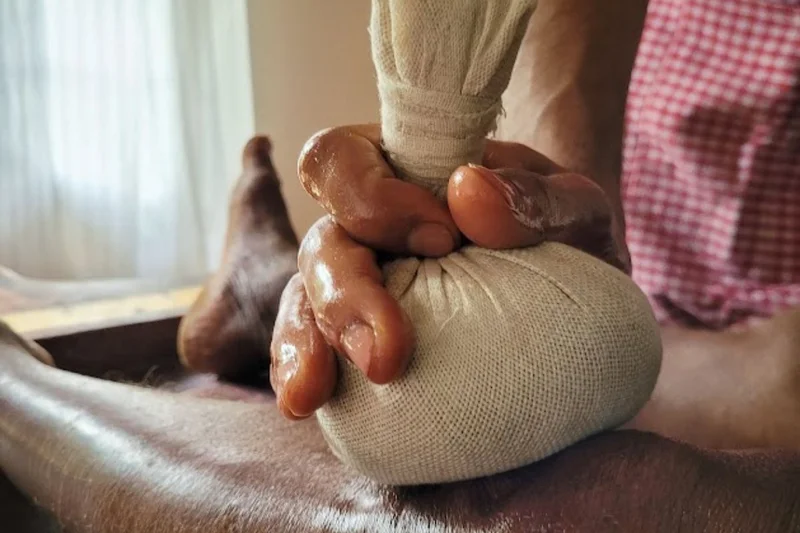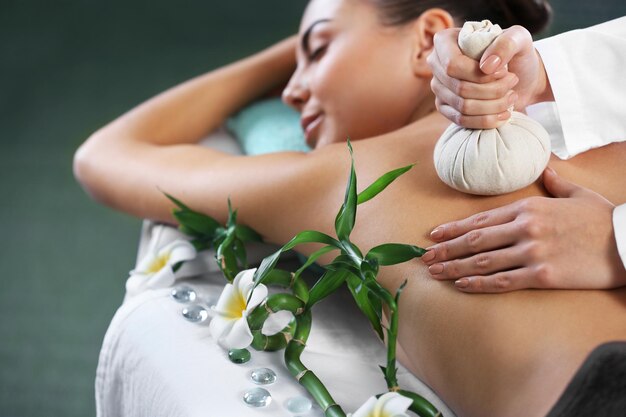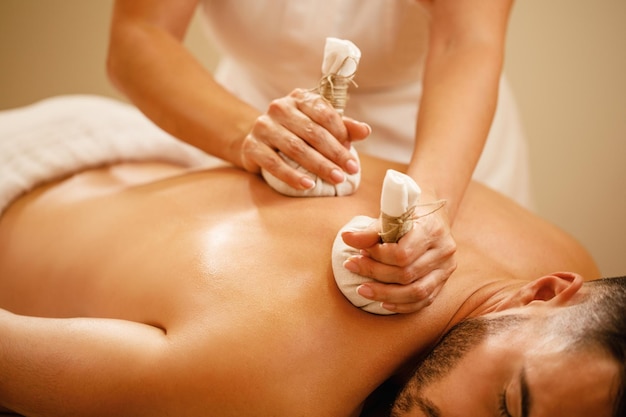Ask Ayurvedic doctor a question and get a consultation online on the problem of your concern in a free or paid mode. More than 2,000 experienced doctors work and wait for your questions on our site and help users to solve their health problems every day.
Shop Now in Our Store
Vatarakta Treatment in Ayurveda – Holistic Approach for Joint & Blood Disorders

Introduction to Vatarakta Treatment in Ayurveda
Vatarakta is a complex condition in Ayurveda characterized by the imbalance of Vata and Rakta doshas, often manifesting as joint pain, inflammation, and circulatory disturbances. Ayurvedic treatments for vatarakta emphasize restoring the balance of these doshas, detoxifying the body, and addressing the root cause of the symptoms through natural herbal remedies and lifestyle modifications.
Historical Roots & Ayurvedic Significance
In Ayurvedic literature, vatarakta is described as a disorder resulting from the aggravation of Vata and the vitiation of Rakta. Traditionally, this condition was associated with symptoms such as joint discomfort, swelling, and sometimes, a burning sensation in affected areas. Ancient texts recommend a holistic treatment approach, combining detoxification, dietary regulation, and herbal therapies, to restore balance and promote overall health.
Key Components & Therapeutic Benefits
1. Ayurvedic Herbal Formulations
Herbs play a pivotal role in vatarakta treatment. Key herbal ingredients include:
- Guggulu (Commiphora mukul): Known for its anti-inflammatory and lipid-lowering properties, it helps in reducing joint pain and swelling.
- Ashwagandha (Withania somnifera): Supports overall strength and vitality while balancing Vata.
- Nirgundi (Vitex negundo): Acts as a natural analgesic and anti-inflammatory agent for joint discomfort.
- Guduchi (Tinospora cordifolia): Promotes detoxification and strengthens the immune system, aiding in the purification of Rakta.
- Turmeric (Curcuma longa): Renowned for its potent anti-inflammatory and antioxidant benefits, it assists in managing pain and inflammation.
2. Detoxification & Dosha Balancing
Effective vatarakta treatment often begins with detoxification (Shodhana) to remove accumulated toxins (ama). Panchakarma therapies such as Virechana (therapeutic purgation) and Basti (medicated enema) are commonly recommended to balance aggravated Vata and Rakta doshas, thereby reducing inflammation and pain.
3. Nutritional & Lifestyle Modifications
Dietary adjustments are crucial for managing vatarakta. Ayurveda recommends:
- A diet rich in anti-inflammatory foods and easily digestible meals.
- Avoidance of cold, heavy, and processed foods that aggravate Vata and Rakta.
- Incorporation of warming spices like ginger, cumin, and black pepper to stimulate digestion and circulation.
Additionally, lifestyle practices such as regular exercise, yoga, and stress management techniques help in reducing joint stiffness and improving overall well-being.
4. Integration with Complementary Therapies
Vatarakta treatment is most effective when integrated with other Ayurvedic therapies:
- Abhyanga (Ayurvedic Oil Massage): Enhances circulation, reduces joint stiffness, and promotes relaxation.
- Swedana (Herbal Steam Therapy): Aids in loosening toxins and improving blood flow to affected areas.
- Snehana (Oleation Therapy): Lubricates the joints and softens tissues, easing the discomfort associated with vatarakta.
How Vatarakta Treatment Works: The Science Behind the Approach
The Ayurvedic management of vatarakta focuses on reducing the inflammatory processes by neutralizing free radicals, promoting efficient detoxification, and balancing the nervous and circulatory systems. The synergistic effect of herbal compounds, along with detoxification techniques, helps in lowering systemic inflammation, alleviating joint pain, and restoring the natural function of the blood, thereby addressing both the symptoms and the underlying doshic imbalances.
Guidelines for Choosing the Right Treatment
When considering vatarakta treatment in Ayurveda, keep these recommendations in mind:
- Consult a Qualified Ayurvedic Practitioner: Personalized treatment plans based on your unique constitution (Prakriti) and symptom severity are essential.
- Source Authentic Herbal Products: Ensure the quality and purity of herbal formulations to maximize efficacy.
- Adopt a Balanced Diet: Complement the treatment with a diet that supports detoxification and reduces doshic aggravation.
- Integrate Lifestyle Practices: Regular exercise, stress management, and Ayurvedic therapies such as Abhyanga and Swedana can significantly enhance treatment outcomes.
Recommended Dosage & Usage
The administration of Ayurvedic remedies for vatarakta varies based on individual needs. Typically:
- Dosage: Herbal formulations and decoctions are prescribed in specific dosages as directed by an Ayurvedic expert.
- Method: These remedies can be taken orally as decoctions, powders, or capsules and sometimes applied topically as herbal oils.
- Enhancing Effectiveness: Complement the treatment with regular detoxification practices and dietary modifications.
- Professional Guidance: Always adhere to the customized regimen provided by your Ayurvedic practitioner for safe and effective results.
Potential Side Effects & Precautions
While Ayurvedic treatments for vatarakta are generally well-tolerated, consider the following precautions:
- Individual Sensitivities: Some individuals may experience mild digestive disturbances or allergies to specific herbs.
- Monitoring: Regular consultations with an Ayurvedic practitioner are recommended to monitor progress and adjust treatment as needed.
- Pregnancy & Nursing: Special care should be taken, and professional advice is essential before initiating treatment during pregnancy or breastfeeding.
- Gradual Introduction: Start with lower doses and gradually increase as recommended to minimize adverse effects.
Frequently Asked Questions
How does Ayurveda address Vatarakta?
Vatarakta treatment in Ayurveda focuses on balancing the Vata and Rakta doshas through detoxification, herbal formulations, dietary adjustments, and complementary therapies, aiming to reduce joint inflammation and improve blood circulation.
What are the primary herbs used in Vatarakta treatment?
Key herbs include Guggulu, Ashwagandha, Nirgundi, Guduchi, and Turmeric. These herbs work synergistically to alleviate pain, reduce inflammation, and detoxify the body.
Can Panchakarma therapies benefit Vatarakta treatment?
Yes, Panchakarma therapies such as Virechana and Basti are integral to vatarakta treatment, as they help remove toxins and balance doshic imbalances, thereby reducing inflammation and joint discomfort.
Is the Ayurvedic treatment for Vatarakta effective for everyone?
Effectiveness varies based on individual constitution and the severity of the condition. Personalized treatment plans developed by a qualified practitioner are key to achieving optimal outcomes.
What dietary recommendations support Vatarakta treatment?
A diet rich in anti-inflammatory foods, easily digestible meals, and warming spices can support detoxification and reduce doshic aggravation, complementing the Ayurvedic treatment of vatarakta.
How long does it take to see improvements with Vatarakta treatment?
Improvements depend on the individual’s condition and adherence to the treatment plan. Some may notice relief within a few weeks, while others may require longer durations for significant improvement.
Where can I find authentic Ayurvedic remedies for Vatarakta?
Authentic Ayurvedic remedies for vatarakta are available through reputable Ayurvedic pharmacies and certified practitioners. Ensure that the products are of high quality and tailored to your specific needs.
Conclusion & Expert Insights
Vatarakta treatment in Ayurveda offers a comprehensive, holistic approach to managing joint pain and blood-related imbalances. By harnessing the synergistic effects of herbal formulations, detoxification techniques, and lifestyle modifications, Ayurveda addresses the root causes of vatarakta. With guidance from qualified practitioners and a commitment to a balanced lifestyle, individuals can experience significant relief from symptoms and improved overall well-being.
References
- Sharma, P.V. (1995). Ayurvedic Healing: A Comprehensive Guide.
- Lad, V. (2002). Ayurveda: The Science of Self-Healing.
- Chopra, D. (2004). Perfect Health: The Complete Mind/Body Guide.
- Dash, B. (2010). Traditional Ayurvedic Approaches to Joint Health.
- National Institute of Ayurveda. Retrieved from
This article is checked by the current qualified Dr Sujal Patil and can be considered a reliable source of information for users of the site.



